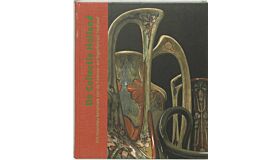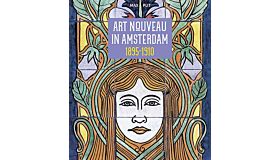Arts & Crafts, Jugendstil, Art Nouveau, Art Deco
The arts-and-crafts movement accomplished a great deal and had a great deal of influence in Western culture. The ultimate goal, to connect arts and crafts, was translated by subsequent generations into connecting art and industry. This development can probably be explained as lying in line with the ideals of Morris and Ruskin. But more difficult to explain is the following: despite the fact that the movement sought to elevate the working class through well-designed utilitarian objects (furniture, wallpaper, carpets, books, cutlery, etc.), these products remained far beyond the reach of the working class due to their price. In this respect, it remained an elitist movement. The ideas of the arts-and-crafts movement quickly spread throughout Europe (France, Germany, Austria, Belgium and the Netherlands), and by the end of the 19th century, this movement transformed itself into the much better known art nouveau or art nouveau movement. In Belgium, the Kortrijk Art Guild, a collection of artists, architects and writers, was strongly influenced by the English Arts-and-crafts movement. In the American city of Boston (Massachusetts), artists founded the Society of Arts and Crafts in 1897. In Pennsylvania, the Rose Valley community of artists emerged.











